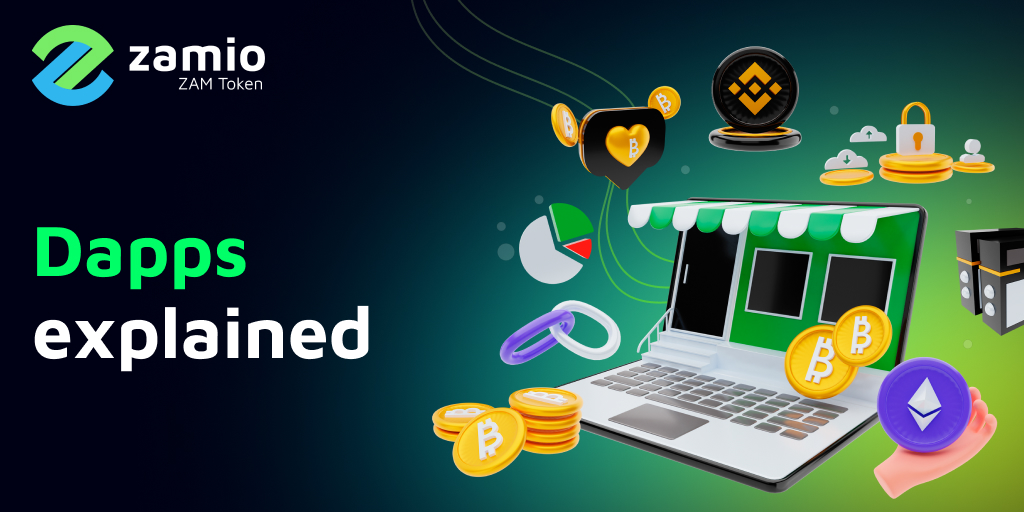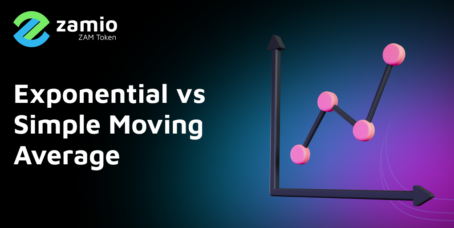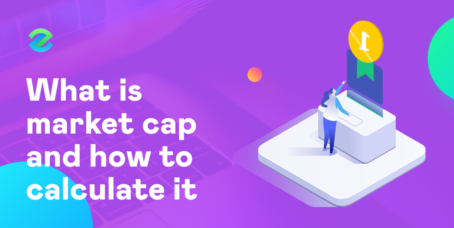Dapps, short for decentralized applications, are open-source software programs that anyone can inspect their code and build on top of them. Dapps self-operates without a central authority, are owned by the community and designed for end-users, are powered by blockchain technology and the invention of smart contacts, and are an essential component of web 3.0.
Table of Contents
How Dapps work
Dapps run on a public distributed blockchain and a decentralized peer-to-peer network rather than a centralized entity (private networks, servers, data storage space owned and controlled by a company or individual).
Decentralization is one of the core principles of cryptocurrencies ecosystems and web 0.3 infrastructure. It is essential to understand their various decentralized components and how they relate to Dapps: blockchain, peer-to-peer network, and smart contacts. These interconnected components make up the infrastructure of decentralized applications operation.
Smart contacts
Smart contacts are digital agreements coded using a programming language. They self execute when precoded conditions are fulfilled by the two parties involved in the contact. Smart contacts allow two individuals to enter into an agreement written in code without the need of a trusted third party to facilitate and enforce the contract. Dapps store program code and use smart contracts to conduct and complete such digital agreements.
Peer to peer network
The peer-to-peer network makes the blockchain distributed among thousands of nodes or devices worldwide. So no signal entity keeps a record of data such as transactions. Bitcoin network, for example, has more than ten thousand nodes or a device running its network to store data and validate its authenticity. The bitcoin network itself makes up the sum of all nodes and their communications.
Peer to peer means everyone is equal and can join and play with the same set of rules creating a democratic and equal environment. Rules cannot change and data cannot be reversed if a majority consensus is not reached.
The Blockchain
The blockchain system is a decentralized and distributed public ledger that stores and records all sorts of data, including transactions and smart contacts. Each network node keeps a copy of the blockchain and performs the same tasks to maintain its record and authenticity.
To intact with Dapps and utilize their services, you must connect to a decentralized wallet, often through a web browser wallet such as MetaMask. Learn more about the different types of crypto wallets here. Each Dapp also has its utility token, which users can stake to earn more tokens or used to pay for services on the Dapp.
Recapping centralized applications is essential to understanding how decentralized applications work.
Centralized applications are developed and owned by an entity and run on a centralized server. Popular applications such as Facebook are centralized applications. When the client or user visits the Facebook website, they request data from a Facebook centralized server to load the Facebook page. The frontend or client-side is what users see in front of them on their screen and interact with directly. Backend is what happens behind the scenes in terms of instructions processing or code execution and data retrieval.
Dapps essentially work the same way, but data is stored on the blockchain, and there is no single server that processes and retrieves the data. Instead, it is the peer-to-peer network powered by its nodes or devices that act as the server and client. With a user-friendly interface, Dapps ensure they look like any other centralized application.
Benefits and risks of Dapps
The benefits of Dapps come mostly from the benefits that blockchain offers. They are cost-effective easy to build and deploy, censorship-resistant, autonomous, and less likely to be shut down by the government or fail due to technical difficulties or outrages, and foster innovation and disrupt traditional business models.
Dapps have also disadvantages for being run on decentralized networks and distributed public blockchain. They run slower and are harder to maintain and update, and the interface might be more complex and less user-friendly than traditional apps for the average user. Once deployed, code is irreversible and cannot be updated even if it contains a bug or security issue.
Dapps beginning
The story of Dapps began after the creation of Bitcoin in 2009 and the introduction of Ethereum 7 years later. Bitcoin existed to solve a specific problem: to transfer value online without needing a central authority. After that, Ethereum was introduced by a 19-year-old, Vitalik Buterin, who implemented the idea of smart contracts in 2015. The Ethereum platform allows developers to build Dapps by programming smart contacts.
Decentralized applications are not only built on the Ethereum blockchain but also on other competitive platforms such as EOS, Solona, and many others.
These platforms compete with each other to offer the best user experience for developers in terms of programming language and end-users in terms of transaction cost and speed. The more it attacks developers, and the more developers build useful Dapps, the more attacks users, increasing the price of the blockchain native token. No wonder why Eth has surged in value for its ability to offer practical use cases such as DeFi and NFTSs.
Dapps examples
There are thousands of Dapps on the market today. Dapps issue a utility token to charge for using their services. Dapps fall into many categories today, thanks to the diversity of use cases.
Dapps tries to replicate the centralized application created by traditional companies, such as Facebook and Google. For example, Deso is a cryptocurrency token native to the Deso blockchain, a platform for building decentralized social applications such as Twitter and Facebook. Developers use the Deso infrastructure or ecosystem(blockchain and network) to build social decentralized applications.
DeFi is another category where developers built decentralized financial applications such as decentralized exchanges and decentralized lending protocols, and many others. An example of DeFi application includes Aave, Curve, and Oasis apps.
Besides DeFi and social media, these categories include the metaverse, NFTs, GameFi and gambling, etc.
The website, dappradar.com, tracks and list all Dapps and classify them according to their sector and the blockchain they are built on.









